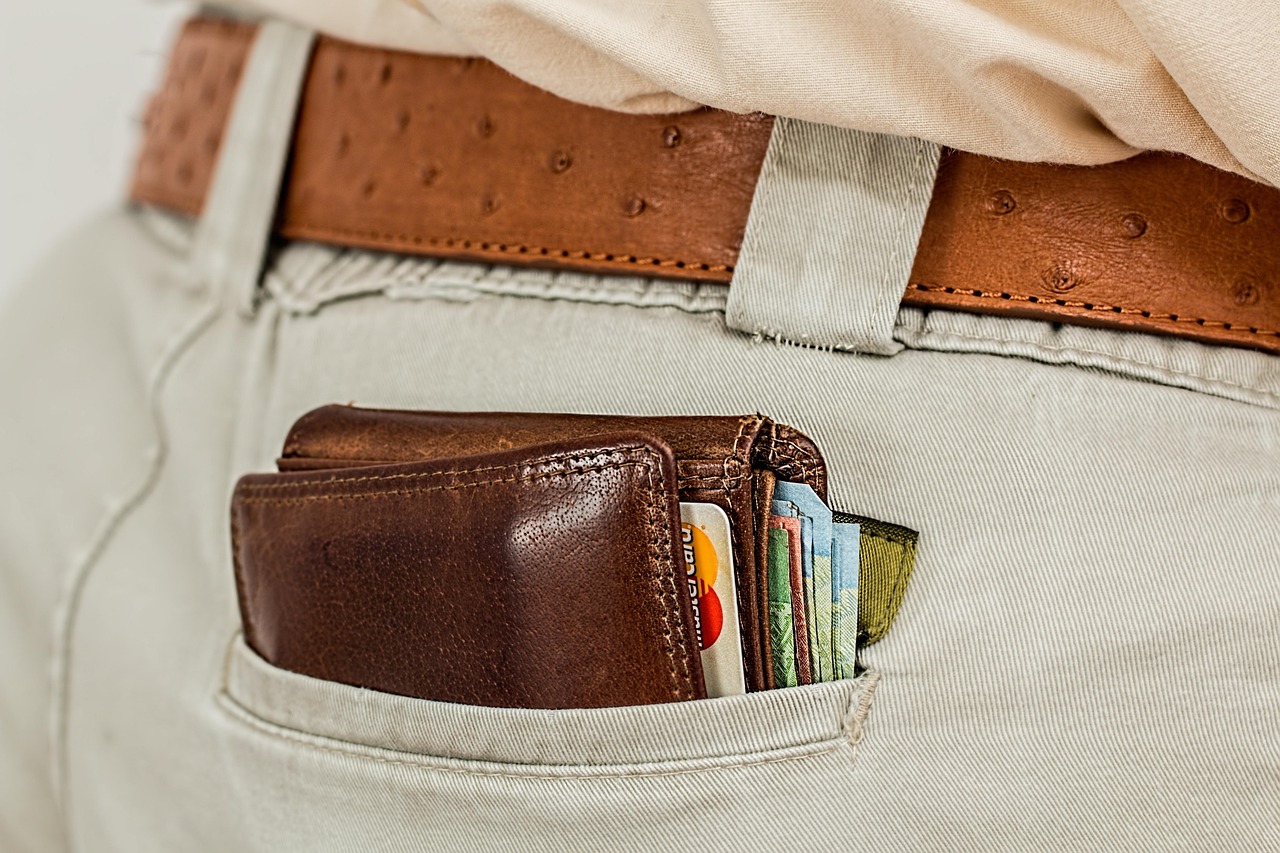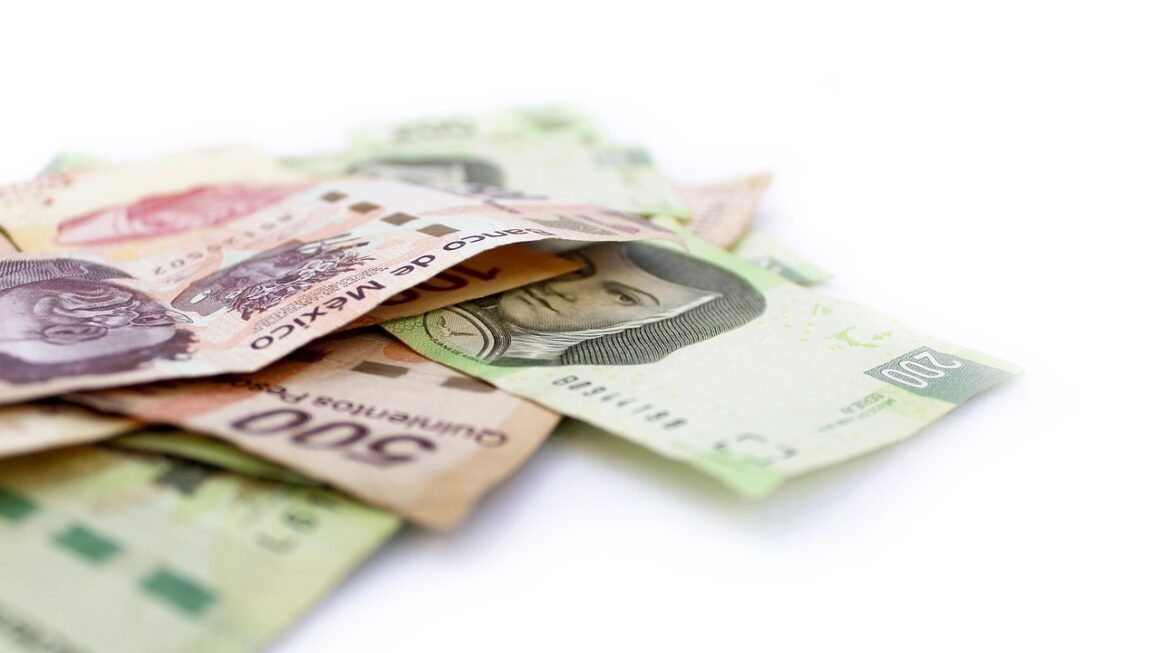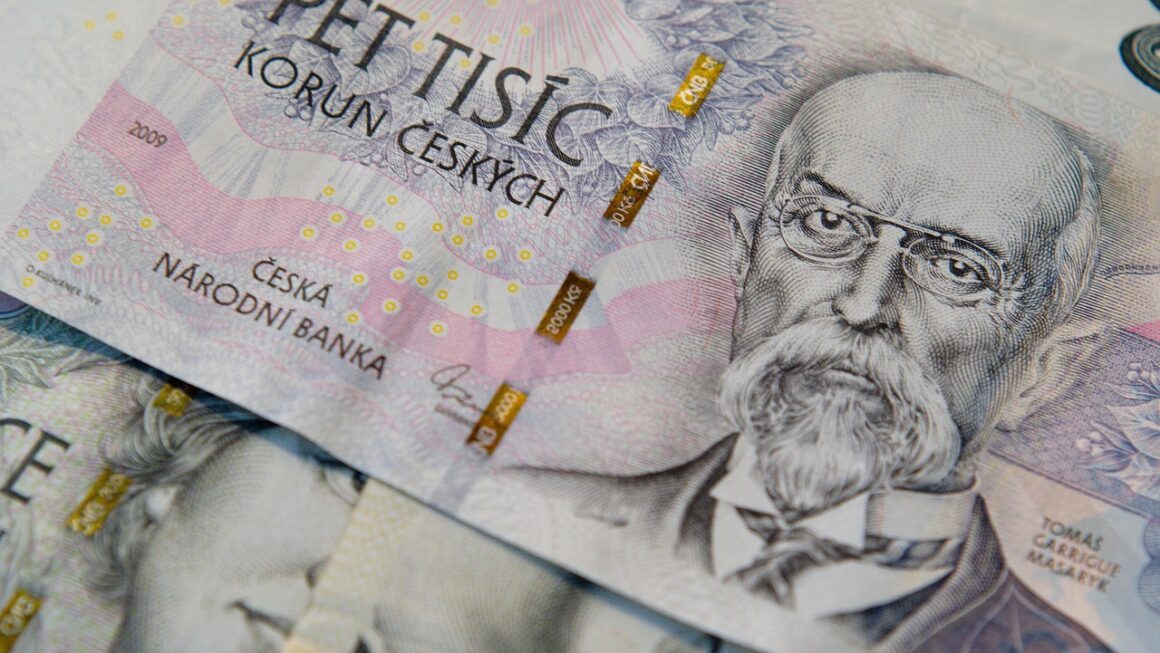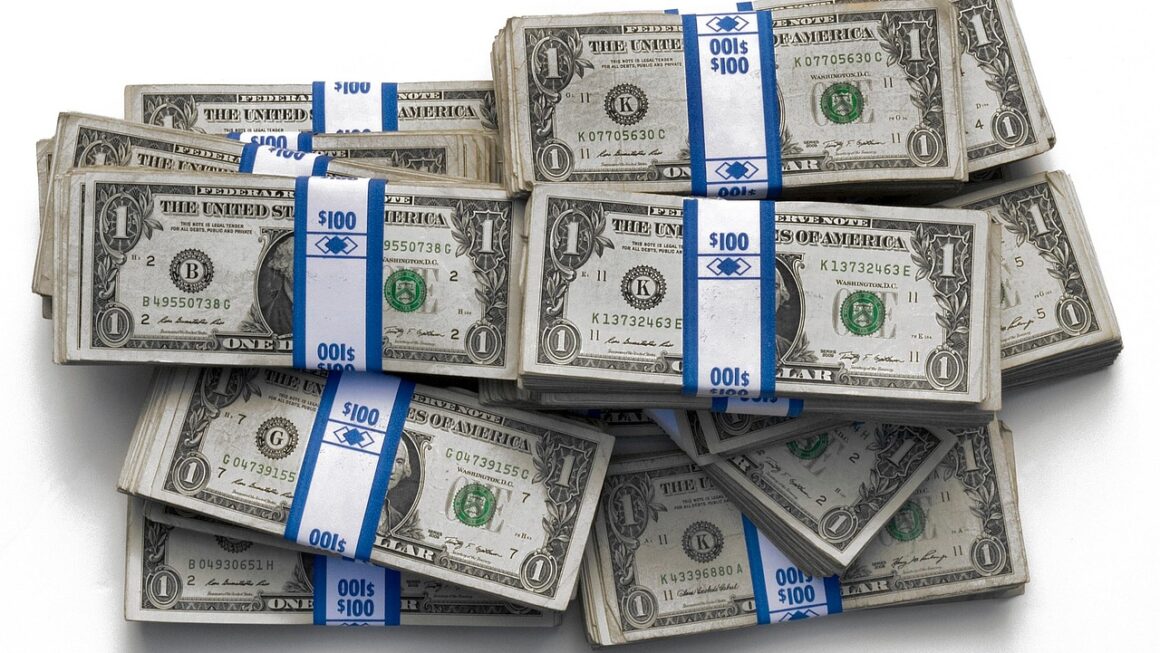Securing your financial future starts with a solid foundation, and at the heart of that foundation lies the emergency fund. This isn’t just about having some money tucked away; it’s about peace of mind, resilience, and the ability to navigate life’s unexpected turns without derailing your long-term financial goals. Let’s delve into the essentials of building and maintaining an emergency fund that truly works for you.
What is an Emergency Fund?
Defining an Emergency Fund
An emergency fund is a readily accessible savings account specifically designated to cover unexpected expenses. It’s your financial safety net, designed to help you avoid going into debt when life throws a curveball. Think of it as insurance for your finances.
Why You Need One
- Covers Unexpected Expenses: Car repairs, medical bills, home repairs, job loss – these are just a few examples of unforeseen events that can strain your finances.
- Prevents Debt Accumulation: Without an emergency fund, you might rely on credit cards or loans to cover these expenses, leading to high-interest debt.
- Reduces Stress: Knowing you have a financial cushion provides immense peace of mind and reduces anxiety during uncertain times.
- Protects Long-Term Investments: An emergency fund allows you to avoid selling off investments prematurely during a financial crisis, which can lead to losses.
- Example: Sarah lost her job unexpectedly. Because she had a fully funded emergency fund, she was able to cover her living expenses while she looked for a new job without accumulating debt. This allowed her to be more selective in her job search and ultimately find a better opportunity.
How Much Should You Save?
The General Rule: 3-6 Months of Living Expenses
The most common recommendation is to save 3-6 months’ worth of essential living expenses. This provides a sufficient buffer for most unexpected situations.
Calculating Your Monthly Expenses
Adjusting Based on Your Circumstances
The 3-6 month guideline is a starting point. Consider adjusting based on your personal situation:
- Job Security: If you work in a stable industry with high demand, you might lean towards the 3-month end. If your industry is volatile or you are self-employed, aim for 6 months or more.
- Health Insurance Coverage: A high-deductible health plan might warrant a larger emergency fund to cover potential medical costs.
- Household Responsibilities: If you are the sole provider for your family, a larger emergency fund is crucial.
- Debt Levels: High debt levels might necessitate a more substantial emergency fund to manage potential financial shocks.
- Example: John’s monthly essential expenses are $2,500. Based on the 3-6 month rule, his emergency fund goal should be between $7,500 and $15,000.
Where to Keep Your Emergency Fund
High-Yield Savings Accounts (HYSAs)
HYSAs offer competitive interest rates while providing easy access to your funds. They are a popular choice for emergency funds because they offer a balance of liquidity and growth.
Money Market Accounts (MMAs)
MMAs are similar to HYSAs but may offer slightly higher interest rates and sometimes require higher minimum balances.
Certificates of Deposit (CDs)
While CDs typically offer higher interest rates than HYSAs, they lock up your money for a specific period. They are generally not recommended for emergency funds due to the potential penalties for early withdrawal.
Key Considerations
- Liquidity: Choose an account that allows you to access your funds quickly and easily without penalties.
- Interest Rate: Look for an account with a competitive interest rate to help your savings grow over time.
- FDIC Insurance: Ensure the account is FDIC-insured to protect your funds up to $250,000 per depositor, per insured bank.
- Fees: Avoid accounts with monthly maintenance fees or other charges.
- Example: Opt for an online HYSA that offers a high interest rate, no monthly fees, and easy online access. This provides a safe and convenient place to store your emergency fund.
Building Your Emergency Fund
Setting Realistic Goals
Start small and gradually increase your savings. Setting achievable goals will keep you motivated.
Automate Your Savings
Set up automatic transfers from your checking account to your emergency fund each month. Even small, consistent contributions can add up over time.
Cut Unnecessary Expenses
Identify areas where you can reduce spending and redirect those funds to your emergency fund. This could include dining out less, canceling subscriptions, or finding cheaper alternatives for services.
Consider a Side Hustle
Explore opportunities to earn extra income through freelance work, part-time jobs, or selling unwanted items. All extra income should be deposited directly into your emergency fund.
The Snowball or Avalanche Method
If you have debt, consider using the debt snowball or avalanche method to pay it down while simultaneously building your emergency fund. This will free up more cash flow in the long run.
- Example: If you can save $50 per week, you’ll accumulate over $2,600 in a year. Increasing that to $100 per week doubles the savings.
Maintaining Your Emergency Fund
Regularly Review and Replenish
Periodically review your emergency fund to ensure it still covers your needs. Replenish it after using it for an emergency expense.
Avoid Dipping Into It for Non-Emergencies
Only use your emergency fund for genuine emergencies. Resist the temptation to use it for impulse purchases or non-essential expenses.
Adjust for Life Changes
As your income, expenses, and family situation change, adjust your emergency fund goal accordingly.
Stay Disciplined
Consistently save and avoid overspending. This will help you maintain a healthy emergency fund balance.
- Example:* After using $500 from your emergency fund for a car repair, prioritize replenishing that amount as soon as possible to maintain its effectiveness.
Conclusion
Building and maintaining an emergency fund is a crucial step towards financial security and peace of mind. By understanding what an emergency fund is, determining the appropriate amount to save, choosing the right savings vehicle, and consistently contributing, you can create a strong financial safety net that will protect you from life’s unexpected challenges. Start small, stay disciplined, and watch your emergency fund grow, providing you with the resilience you need to navigate whatever comes your way.




